Illegal fishing threatens Mozambique’s biodiversity
New study confirms a world-first international migration of reef manta rays – MMF
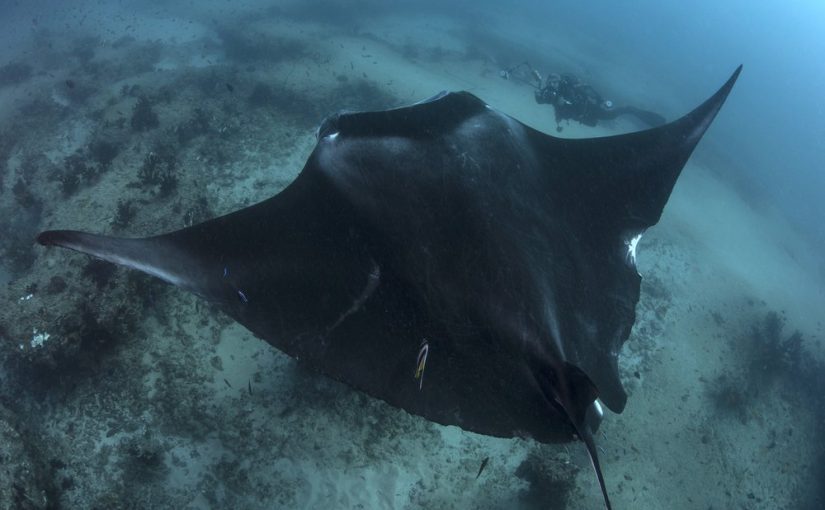
Citizen science played a major role in the new discovery[Photo: Andrea Marshallvia MMF]
- Long-term monitoring and photographic contributions from the public have highlighted six transboundary movements providing the first evidence of connectivity between reef manta ray aggregation sites in South Africa and southern Mozambique
- The longest (one-way) movement captured was an individual which travelled between Tofo Beach, Mozambique and Sodwana Bay, South Africa in less than 301 days – a straight-line distance of 505 km
- Notably one individual made a return trip between Zavora in Southern Mozambique and Sodwana Bay, a total distance of at least 870 km
- Reef manta rays were seen during aerial surveys and in-water encounters at the annual Sardine Run off Port St. John’s, South Africa, with the small size of individuals indicating a potential nursery habitat in the region
- These findings support the Convention on Migratory Species (CMS) listing for reef manta rays, suggesting transboundary management units are warranted for this wide ranging species

New research by the Marine Megafauna Foundation has extended the southern range of the reef manta ray (Mobula alfredi) in Africa, connecting the longest monitored and highly vulnerable population of reef manta rays in southern Mozambique to the UNESCO World Heritage site of iSimangaliso in South Africa. Citizen science contributions combined with opportunistic fieldwork in South Africa, resulted in the extension of the species’ southern range by approximately 140 km to Mdumbi Beach and has provided the first confirmed international movement records for the species, highlighting gaps in knowledge to encourage more focused research on manta rays along the east coast of Africa.
Dr. Andrea Marshall, one of MMF’s principal scientists who oversaw the project, shared her excitement about the findings, saying, “As highly mobile species, reef manta rays are capable of long-range movements, so it was only a matter of time until we documented international exchange between the waters of adjacent countries. We are thrilled to have finally confirmed this for the first time through rigorous, long-term research efforts along the south-eastern coast of Africa.”
MMF’s manta ray research program in Mozambique has been monitoring the southern Mozambican population for over 20 years, making it one of the longest and most comprehensive manta ray studies globally. Our previous work has found a steep decline in manta ray sightings over the past two decades, highlighting it as an at-risk population. A critical part of the team’s focus is to better understand where and how far this species moves in order to guide effective management solutions.
Dr. Stephanie Venables, who also completed her PhD thesis on the Mozambican manta ray population, noted that “These cross-border movements are an important finding, as they demonstrate the need for cooperative species management between the neighbouring countries.”
Public contributions helping marine research
Citizen science played a significant role in the study with the SCUBA diving community submitting ID photos of mantas in South Africa to MantaMatcher.org. Manta Matcher, the Wildbook for mantas and other rays, is the global online database for rays. It is open access, and easy to use which allows for the cross-referencing of regional databases using automated pattern matching algorithms, which can lead to exciting discoveries like this one. Anna Flam, global manager of Manta Matcher says,”Citizen science contributions were critical to this research. The first two transboundary movements were detected with public submissions to Manta Matcher, showing how people everywhere can contribute to conservation science.”

Nakia Cullain, a PhD student at Dalhousie University and manager of MMF’s southernmost field station in Zavora, was not surprised to learn that these animals have connectivity to South Africa. “Seasonality of mantas at Zavora and limited connectivity to Tofo has always suggested southern movements,” said Cullain. “Although we are just beginning to brush the surface of these movements, these findings are a huge step forward in helping us to inform the management and conservation of the species within southern Africa.”
Potential nursery habitat detected from the air
Janneman Conradie, MMF pilot and field researcher, was surprised the first time he saw a reef manta ray during an aerial transect at the Sardine Run, which takes place every year along the Wild Coast of South Africa’s Eastern Cape Province. However, after 100 days of flying, totalling 335 hours of survey time, he was convinced it was no coincidence. “At first it did not seem like the right habitat for them, but with increased sightings we had to concede that this area may in fact be a nursery habitat for reef mantas, with all encountered individuals being less than 2 meters in length.”
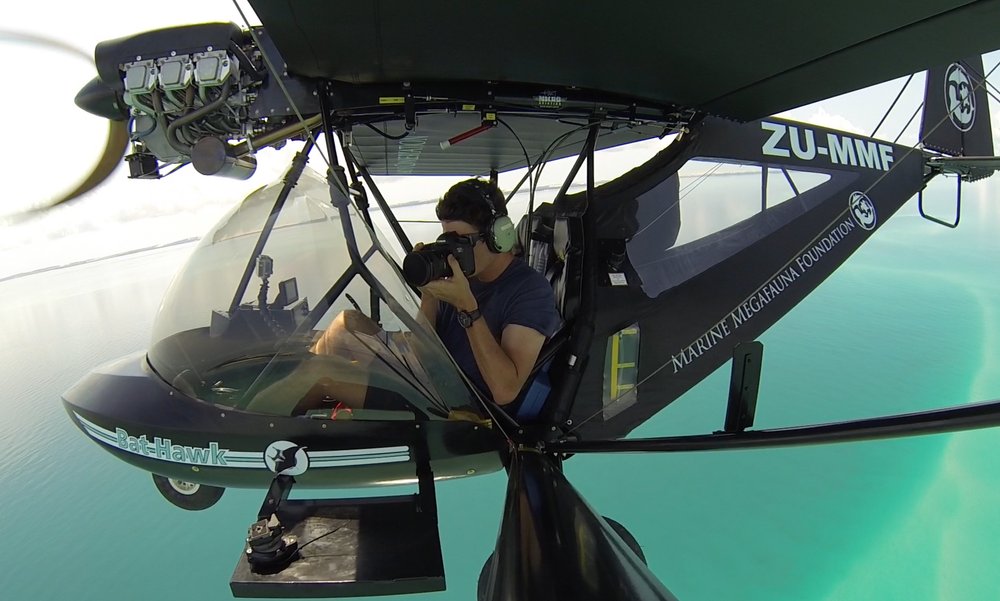
Michelle Carpenter, PhD candidate at the University of Cape Town, who began managing South Africa’s manta ray photo-ID database in 2020 (including Aliwal Shoal and Sodwana Bay) was excited and encouraged by the matches. “South Africa has been a missing piece of the puzzle for some time and there is still a lot of work needed to understand manta ray habitat use here. At first it was overwhelming to narrow down hotspots and build up a photo ID database along such a large coastline, but citizen science support has been instrumental to the process. It is a great example of how public contributions can directly support research.”
Conservation and management of manta rays
Andrea and the MMF team were proud to work with the Ecuadorian government to help champion the initial listing of giant oceanic manta rays on the Convention for Migratory Species (CMS) in 2011, using data from tagging studies to demonstrate the highly migratory nature of this species. The subsequent addition of reef manta rays to the appendices of CMS in 2014 was justified by the highly mobile nature of manta rays, despite the lack of direct evidence to support international exchange of individuals between countries. “We are pleased that our research efforts continue to produce data that can be used for the ongoing conservation and management of manta ray species, particularly off southern Africa where populations are under significant threat.” Dr. Marshall concludes.
The study, entitled “Southward range extension and transboundary movements of reef manta rays Mobula alfredi along the east African coastline” was published in the Journal of Fish Biology in December 2022 and can be accessed here: https://onlinelibrary.wiley.com/doi/abs/10.1111/jfb.15290



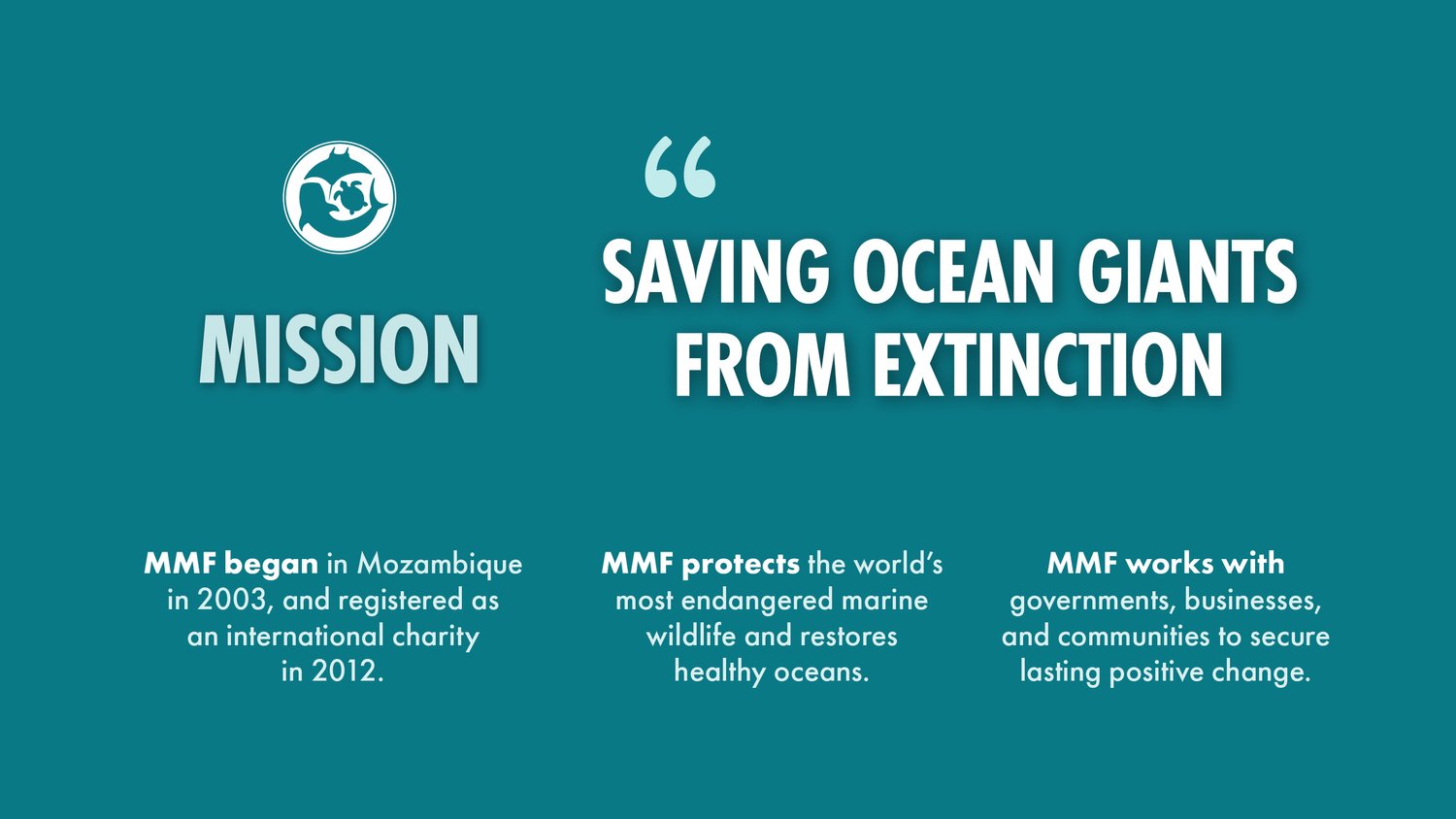

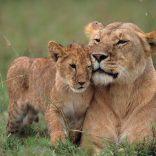





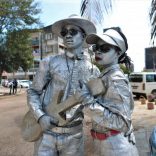



Leave a Reply
Be the First to Comment!
You must be logged in to post a comment.
You must be logged in to post a comment.